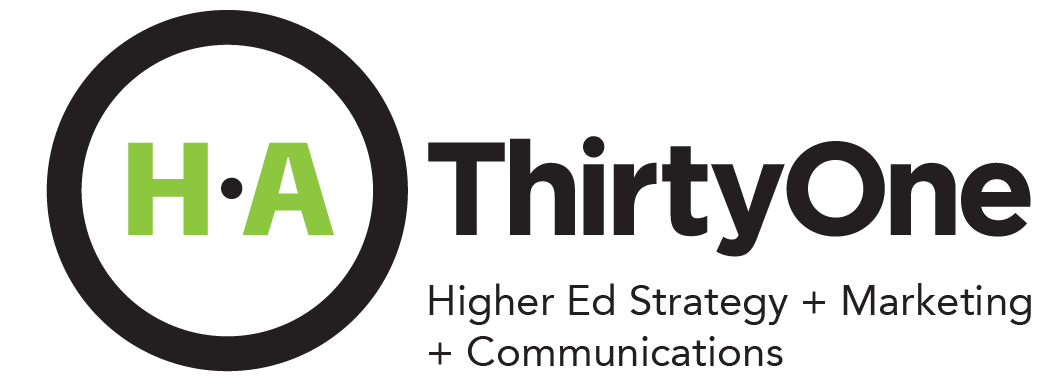Response rates produced by Student Search campaigns are, in many ways, meaningless. What? Keep reading before you decide that I’ve totally lost it.
Here’s where I’m coming from:
- It is better to receive a response rate your admissions staff can handle than to get a response rate that overwhelms your team’s time and resources.
- You roughly get the response rate that your school’s reputation [a.k.a, brand] deserves.
- A very high response rate can actually cause more problems in the long run.
- Because of statements 1-3, response rates mean very little. It is more valuable to have the proper plan and strategy to productively tend to your responders than it is to have a high stat to report.
In my travels over the last five years I’ve grown accustomed to enrollment leaders using Student Search response rates to measure their success. While this metric can, at times, be a good initial litmus test for how effectively a school’s communications are engaging prospective families, it is a false tool for measuring the overall success of a recruitment strategy.
So where should attentions truly be focused? Yield.
Focusing attention on yield puts attention on the actual students who will enroll. I’ve repeatedly witnessed schools put all their emphasis (and budget dollars) on Student Search, leaving little energy or resources to convert inquiries to prospects, much less deposits or matriculants. Simply put, a school can actually have more responses than it has time or resources to adequately convert to enrollment yield.
Here’s another bold statement to consider. It is possible to determine and achieve the desired and necessary response rate. Now hold up…I’m not talking about purposefully generating a large response to then bleed out the goal number. Exactly the opposite is what I am recommending. We have the ability, to a certain extent, to control the Student Search results like a valve or throttle. Some schools need more inquires…most need less. When we collaborate with schools we can help them throttle back when necessary, often removing the inquirers that have very little chance of conversion. These are the responders who inflate a response rate and consequently drain your counselor’s time and your communication resources.
There are many filters or levers that can be put in place to help regulate the flow of newly created inquirers. Predictive modeling before Student Search campaigns, after, or at both ends, can help many schools. Other savvy admissions leaders use behavioral scoring to ensure that only prospects exhibiting favorable conversion characteristics receive the most expensive and time-intensive recruitment effort.
It’s quality versus quantity. Your school might be better off with a lower response rate on your Student Search campaigns especially if the lower response rate helps your team focus on converting your leads. But many enrollment leaders lack the courage to actually trust this wise argument.
The next time your enrollment marketing vendor suggests that your school needs to buy more names, develop more applications, or produce a higher direct mail response rate, proceed with caution. That vendor may not have a good grasp on the ultimate measure of your success—enrollment yield and retention.
Successful admissions operations will recognize that often it makes more sense to focus on high quality, genuine inquiries–those worth the investment of recruitment time and monies—than it does to focus on building the largest pool possible. With quality inquiries, well-positioned to yield, an institution can focus its energies and dollars on their ultimate measure of success—converting those inquiries to enrolled students.
Categories
- Communication Flow
- Enrollment Management
- Enrollment Strategy
- Junior Campaigns
- Leadership
- Metrics
- Planning
- Response Rates
- Segmented Campaigns
- Student Search Campaigns
- Uncategorized

